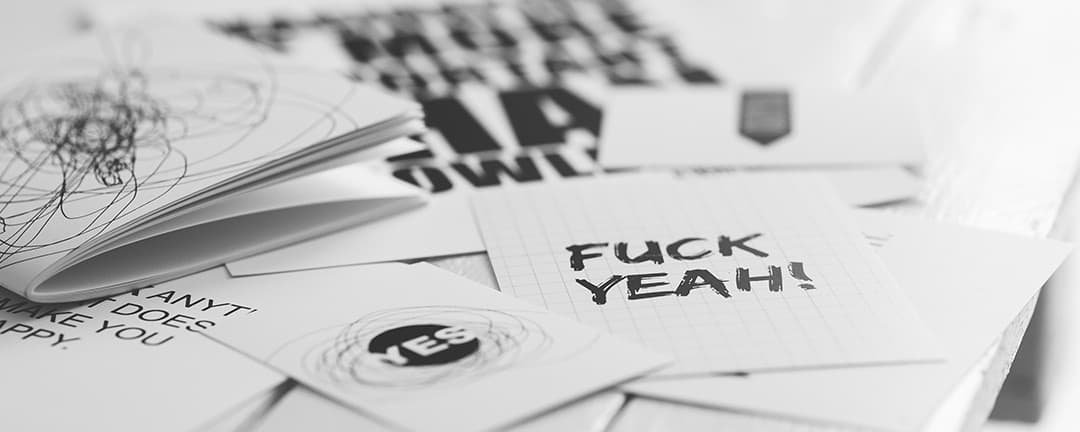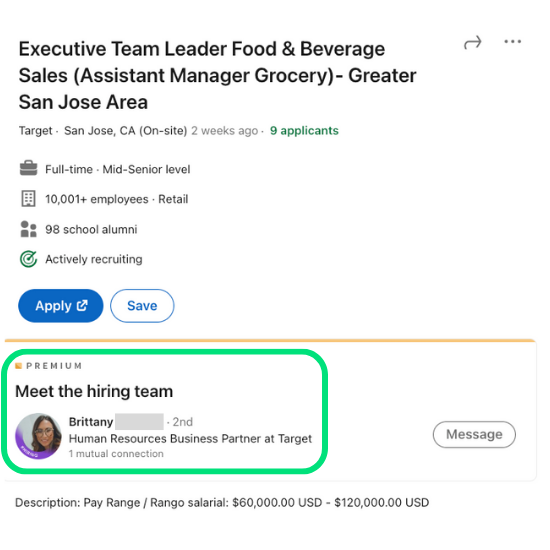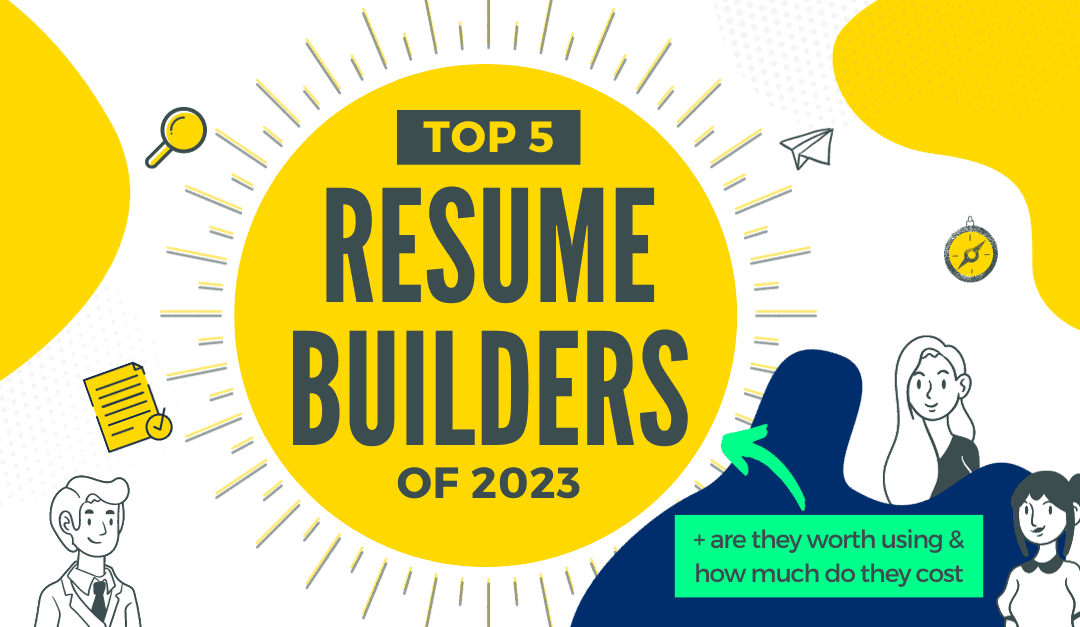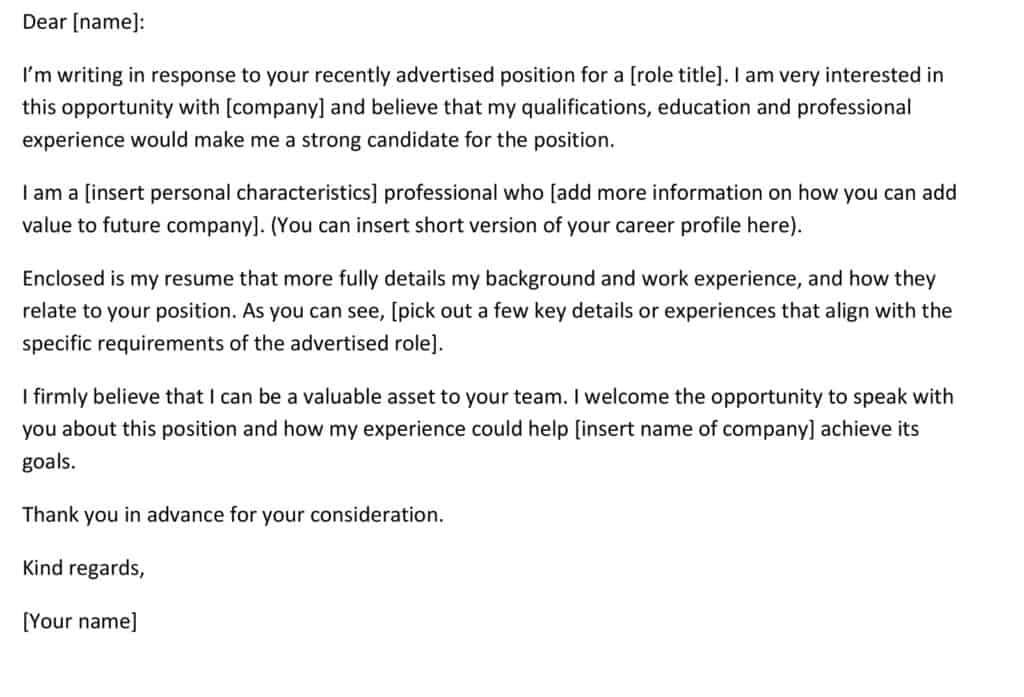
How to Write a Cover Letter that Matters
But, that doesn't really matter.
A lot of people make the mistake of basing their job search on sensationalist headlines written by big publications (headlines such as "Cover Letters are Dead," etc).
I’ve been on both sides of the hiring process and I can tell you that although a cover letter isn’t crucial, it does matter.
That's because while 7 out of 10 recruiters won't read a cover letter, that means that 3 out of 10 will.
At the end of the day, the only thing that matters is whether the recruiter at the company you are applying to reads your cover letter or not.
In this post, I'll explain:
- Why people don't believe in cover letters anymore
- When writing a cover letter is a waste of time
- How to write a cover letter that will grab a recruiter's attention
- How to increase your interview rate by 25% with just a cover letter alone
I'll also share my proven cover letter template that I've personally used to land 4 high-paying jobs and that our GHYC members have used with similar success.
Alright, so let's dive in!
What is the purpose of a cover letter
Similar to applicant tracking systems (ATS), there are a lot of misconceptions about the purpose of cover letters.
The purpose of a cover letter is to explain your unique selling points in a way that isn't conveyed on your resume.
If you've ever thought, "if only they knew what value I could bring, they'd definitely hire me," then this will be music to your ears.
I treat the cover letter as my opportunity to begin a conversation with the person who I’m looking to land an interview with.
This is an opportunity and a pitfall for many job applicants.
If you get the cover letter right, you will be called in for an interview.
BUT, if you write a mediocre cover letter, you will basically have wasted your time.
First, let's talk about what NOT to do...
The Biggest Cover Letter Mistakes
This is what most people's cover letters look like:
DO NOT use this kind of cover letter template! I cannot tell you how many of these cover letters I received when I was hiring editors, designers, and writers for our agency. It screams generic and adds absolutely no value to your job application.
This type of cover letter fails because it has:
More language than substance (language>substance)
In other words, it uses lots of words and says almost nothing. Let’s look at a few sentences for instance:
“I welcome the opportunity to speak with you about this position and how my experience could help your company achieve its goals.”
You welcome the opportunity? That’s like saying, “I welcome you to give me a beer.” It sounds obnoxious or at best unpassionate. And what experience are you talking about? What goals will you help me achieve? Generic.
"I’m writing in response to your recently advertised position."
Duh. The only thing this demonstrates is that you don’t care about wasting their time.
"My experience could help your company achieve its goals?"
What experience? Which goals? How can it help? This is the equivalent of saying, “I think this beer has water in it.” Okay maybe not the best metaphor but you get the idea.
How to Write a Great Cover Letter
When writing a solid cover letter you want it to show three things:
- You know the company
- You have skills
- You have personality
When I was applying for jobs I tested over 54 different cover letter variations. I kept all other variables the same because I knew if I didn’t write a solid cover letter I was just throwing applications into the wind and hoping someone would catch one.
Here is the cover letter format that now gets me a 40% interview rate:
How to Personalize your Cover Letter
All jobs have different levels of formality and while the exact language might differ from job to job, the principle remains the same:
Say more with fewer words (substance>language)
There is a human being who is reading your cover letter and they’re not doing it for fun, so get to the point.
Let’s break it down:
- Hey (Name): use Hey for less formality. Use a name if you can. On LinkedIn you can usually see the name of the person who posted the job right underneath the "Apply" button. If there’s no name on the job posting you can write, “Hey Zenefits team,”

Next you'll want to break the formality with some type of greeting and then your bullet points:
- I’m a huge fan of: this doesn’t need to be specific it’s just a great friendly opener
- Bullet points: bullet points are much easier to read and later allow you to customize your cover letter with ease from job to job
By using a cover letter template with bullet points, I was not only able to get a higher reply rate, but I was also able to customize my cover letters for every job posting in minutes.
Speed is the name of the game here.
To fill out the bullet points I used the “Responsibilities” section of the job posting.
To fill in the first 3 bullet points I find the 3 most important qualities it seems they want and address them with specific areas from my experience.
Again be specific, so instead of saying, “I have 3 years of writing experience,” say something like, “I’ve written over 57 articles for B2B companies.”
The final bullet point is very important. This is a place to stand out from the rest and really show a hint of your personality. Add something personal and professional.
Instead of the example above, for a design job for instance you could write something like, “I’m an avid enthusiast of Stefan Sagmeister and constantly study his portfolio to improve the relevance of my typography, design language, and clarity.”
In our free cover letter course, I give a lot more examples for how to fill out each bullet point. You can get the course for free by signing up for our free job search courses here.
Here is a small excerpt from the course:
You don't need to spend too much time on a cover letter, which is why this template is so useful.
There are, of course, many other successful types of cover letters that you can use.
Another great cover letter example, is this one from best-selling author and career coach, Kerri Twigg:
Similar to the cover letter examples above, these resume templates instantly improved my interview rate.
You can get the free resume templates I've used in the Accelerated Resume Course here or just drop your name and email below.
Get 1-on-1 Help
Need to land your job ASAP? Fast forward your job search with some 1-on-1 help! 👇
More from the blog:

Best Resume Builders of 2023 (Pros & Cons + Prices)
Modern resume builders use AI, ATS-friendly templates, and active recommendations to help you build your perfect resume faster than ever before. In this post we’ve rounded up the 5 best resume builders of 2023.
How to Beat the ATS in 25 Minutes | The Ultimate Guide
In this guide I’ll show you how to beat the ats (applicant tracking system), plus I’ll give you 2 ATS-friendly resume templates and a free tool to test if your resume is ATS-friendly.
Like this? Try our free courses!
Tired of sending your job applications into a black hole and never hearing back? Get hired faster with our guided courses all for FREE!
Bogdan Zlatkov is the Founder of GHYC and author of "The Ultimate Guide to Job Hunting", ranked #1 on Google. He has been featured in the Wall Street Journal, Fast Company, HR Dive, and more. At GHYC, Bogdan creates job search courses & tools by working with award-winning career coaches, best-selling authors, and Forbes-Council members. Prior to GHYC, Bogdan led the content programs at LinkedIn Learning.


